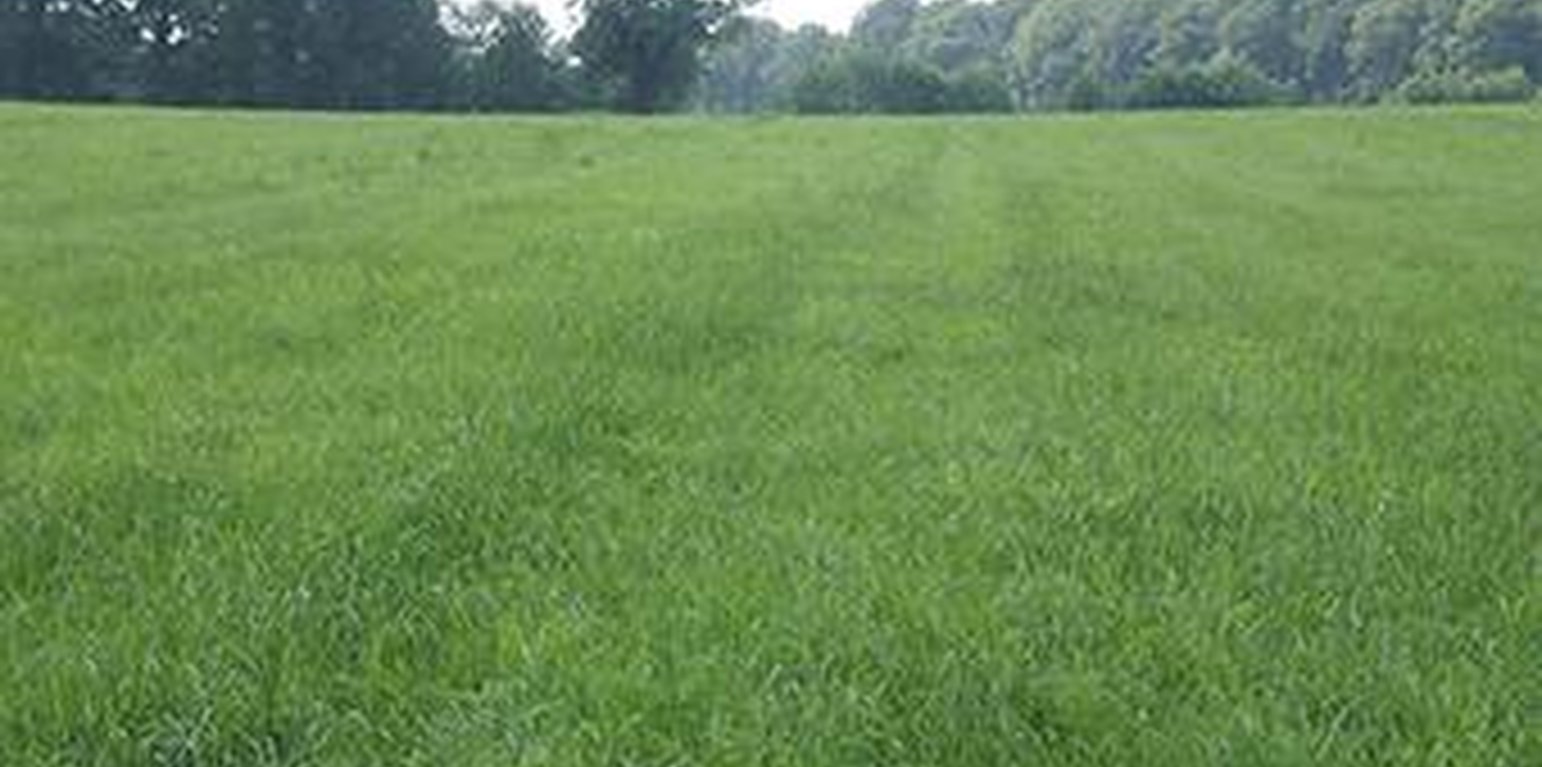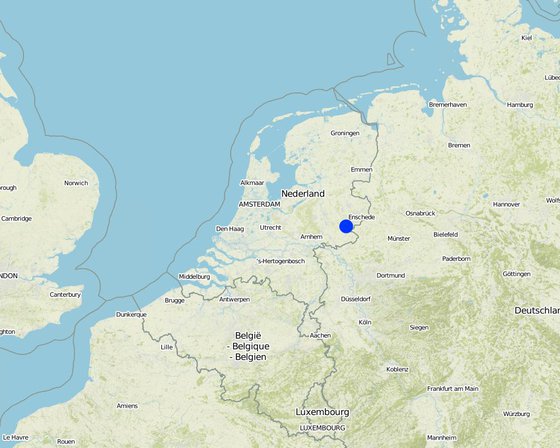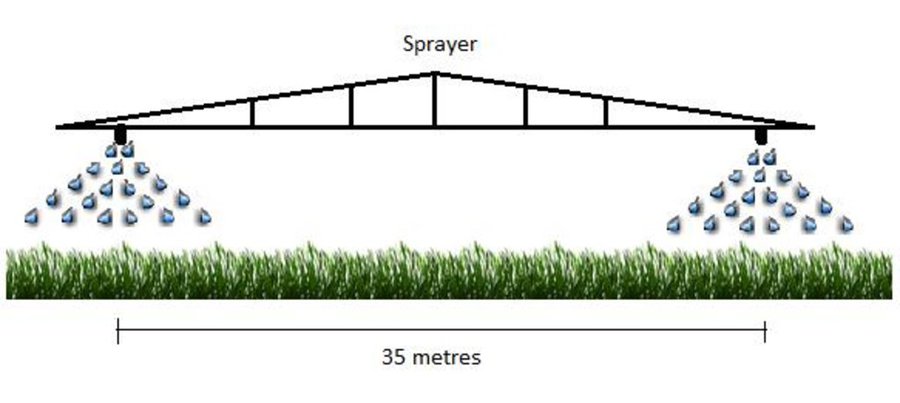



The application of humic acids to the soil is a way to supply organic matter, without supplying additional nitrogen and phosphorus, which is disadvantageous for farmers under the current manure legislation, since this imposes a threshold for the entry of nitrogen and phosphorus.
Humic acids stimulate the binding of K, Mg, Na, Ca and trace elements to the soil complex, causing the soil to supply more nutrients to the plant roots. umic acids fix iron and calcium particles, preventing these to fix phosphorus. This enables the release of phosphorus for take up by plant roots.
Purpose of the Technology: Increasing grass yield and nutritional value of grass.
Establishment / maintenance activities and inputs: Solution is applied with a tractor sprayer approximately 33 metres apart. Only small strips are applied as this is a test by farmers. Strips are shifted and rotated each year. They spray with a density of 60 L/ha. Width of strip is only the width of the sprayer.
Natural / human environment: Humic acid is a by-product of the water company's treatment of drinking water.

Location: Haarlo - Oude Eibergen, Gelderland, Netherlands
No. of Technology sites analysed:
Spread of the Technology: evenly spread over an area (approx. < 0.1 km2 (10 ha))
In a permanently protected area?:
Date of implementation: less than 10 years ago (recently)
Type of introduction






| Specify input | Unit | Quantity | Costs per Unit (Euro) | Total costs per input (Euro) | % of costs borne by land users |
| Equipment | |||||
| Machine use | ha | 1.0 | 36.17 | 36.17 | 50.0 |
| Fertilizers and biocides | |||||
| Humic acid | ha | 1.0 | 140.43 | 140.43 | |
| Total costs for maintenance of the Technology | 176.6 | ||||
| Total costs for maintenance of the Technology in USD | 187.87 | ||||
Estimated. Not measured or proven.
Estimated. Not measured or proven.
Humic acids are provided by the company Triferto. In the future this will be on commercial basis.
Created farmer's foundation
Farmers understanding ecological impacts of farming practices, dairy farmers have learned more about soil health.
Farmers collaborating with water company.
Expected. Not proven yet.
Expected. Not proven yet.
Expected. Not proven yet.
Expected. Not proven yet.
Expected. Not proven yet.